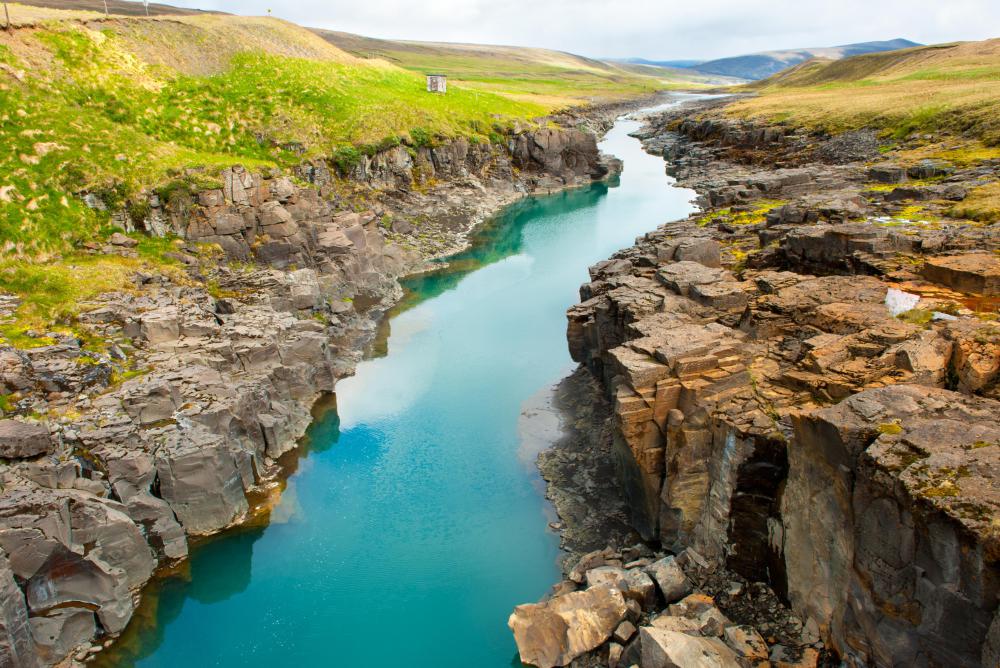At HomeQuestionsAnswered, we're committed to delivering accurate, trustworthy information. Our expert-authored content is rigorously fact-checked and sourced from credible authorities. Discover how we uphold the highest standards in providing you with reliable knowledge.
What is a Red Birch?
The red birch, also called Betula occidentalis, water birch, or river birch, is a birch species belonging to the Betulaceae family. It is commonly found on stream and river banks in the United States regions of California, North Dakota, and New Mexico. This deciduous tree can also be found in southern Alaska and Manitoba, Canada. The red birch tree usually has multiple trunks and can normally grow to about 30 to 80 feet (9 to 24 m) high. Red birch trees along the lower valley of the Mississippi River in the United States have also been found to reach a height of 100 feet (30 m).
This tree’s bark is furrowed and dark brown-red to black in color. Its upper branches and trunk are smooth and tinged with rose or pink with a slight metallic sheen. Red birch trees have glossy leaves shaped like a wedge and are dark green in color. They are around 0.5 to 3 inches (1 to 7 cm) long and 0.5 to 2.75 inches (1 to 4.5 cm) wide.

Flowers produced by the red birch tree are catkins that have been pollinated by wind. Catkins, also called aments, are cylindrical, narrow flower clusters with tiny or no petals. The flowers are 1 to 2 inches (2 to 4 cm) long. Female catkins stand upright, while male catkins hang like pendulums.
The fruits of the red birch are approximately 1 to 2.6 centimeters (8 to 15 mm) wide and 1 to 1.3 inches (2 to 3 cm) long. They are made up of many small-winged seeds that are bunched in between the bracts of the catkins. The fruits reach maturity during early summer or late spring.

This tree is known to be vulnerable to birch leaf miner, but can generally tolerate the bronze birch borer. It can flourish on well-drained, moist soils and in sunny locations. This deciduous tree is sensitive to alkaline soils that have a pH level higher than 6.5.
Seeds of the red birch tree can be sown in seed trays or containers that have slow-release fertilizers when they have ripened. They should be sown evenly and thinly on top and then covered with soil. When the seedlings are big enough to be handled, they can be transferred to separate pots.
Once they reach 18 to 30 inches (46 to 76 cm), they should be removed from their pots and planted. The seedlings should be transplanted to their final location once they reach one or two years old. Preferably, transplanting should be done during springtime when the buds start to turn green.
AS FEATURED ON:
AS FEATURED ON:












Discuss this Article
Post your comments